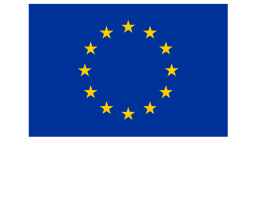Arms trafficking
4.92
The trafficking of arms involves the import, export, acquisition, sale, delivery, movement or transfer of arms, their parts and components and ammunition across national borders, as well as intentional diversion of firearms from legal to illegal commerce, without involving the movement of items across physical borders. ‘Firearms’ refers to any portable barrelled weapon that expels, is designed to expel or may be readily converted to expel a shot, bullet or projectile by the action of an explosive, excluding antique firearms or their replicas, as per the Protocol against the Illicit Manufacturing of and Trafficking in Firearms, Their Parts and Components and Ammunition, supplementing the UNTOC. ‘Small arms’ and ‘light weapons’ refer to a range of specific weapons, as outlined by the Small Arms Survey. Often the trafficking of arms facilitates the commission of other organized crime activities.





